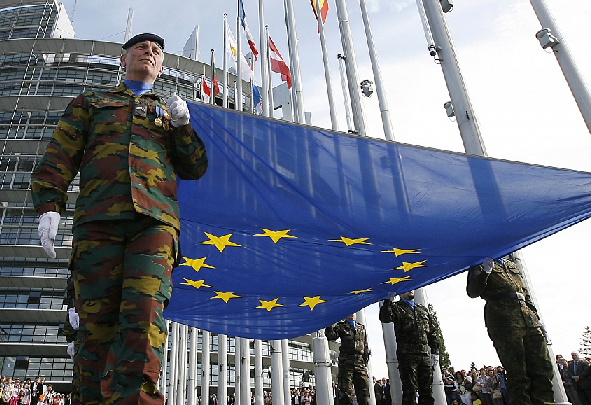The EU is preparing the largest defense plan since the Cold War

The European Union is preparing a large-scale defense initiative, the largest since the Cold War, providing hundreds of billions of euros to strengthen security. For this, a three-stage plan is considered, informs Bloomberg.
Formation of the new security system will begin on March 6 at an urgent meeting of EU leaders. Then, on March 19, Defense Commissioner Andrius Kubilius and Head of European Diplomacy Kaia Kallas will present a new strategy for the development of the defense industry. Until then, negotiations on increasing the bloc’s resources will continue.
“At this once-in-a-generation moment, we need ‘urgent thinking’ and a strategic plan to rearm Europe,” – said the President of the European Commission, Ursula von der Leyen.
Her proposed defense financing plan consists of three main components. According to sources, each of them is complex, and it is not yet clear to what extent they will be implemented.
The first stage involves giving EU countries the opportunity to increase defense spending by easing fiscal constraints. Some officials note that this could attract up to 160 billion euros. Discussions are focused on the exclusion of defense spending from the calculation of the budget deficit. It is necessary to agree on the criteria for determining defense spending, the validity period of this rule and its impact on the fulfillment of NATO’s goal of maintaining defense spending at the level of 2% of GDP.
The second stage involves the creation of a new mechanism for joint financing at the EU level. The allocated funds will be directed to investments in collective defense projects, in particular in the areas of air defense, long-range strikes, missile technologies, drones and military artificial intelligence.
The third phase of the plan involves reducing investment restrictions for the European Investment Bank, which currently can only invest in dual-use goods. This will open opportunities for attracting additional financing, in particular from private banks.





